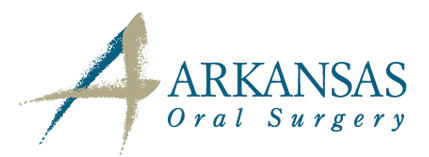Dental Implants
 Dental implants have provided an ideal solution for replacing missing teeth. Whether you are missing one, several or all your natural teeth, dental implants are designed to feel and function like you very own.
Dental implants have provided an ideal solution for replacing missing teeth. Whether you are missing one, several or all your natural teeth, dental implants are designed to feel and function like you very own.
There are three main types of dental implants:
- The root implant
- The plate form implant
- The subperiosteal implant
The root implant - by far, the most popular - is the most effective because it mirrors the size and shape of a patient's natural tooth. This implant is often as strong as the patient's original tooth.
The plate form implant is ideal in situations where the jawbone is not wide enough to properly support a root implant.
The subperiosteal implant is used when the jawbone has receded to the point where it can no longer support a permanent implant.
Surgical Procedure
Generally, the placement of dental implants requires two separate surgical procedures. The implant or artificial root is placed into the jawbone under local anesthesia, then allowed to heal and integrate with the bone. Once the healing process is completed and the jawbone is attached to the implant, the patient returns to the dental office where the implant is fitted with the new tooth. This process generally takes anywhere from three to eight months.
Post Implant Care
Although proper oral hygiene is always recommended for maintaining good dental health, it is especially important when a patient has received a dental implant. Bacteria can attack sensitive areas in the mouth when teeth and gums are not properly cleaned, thus causing gums to swell and jaw bones to gradually recede. Recession of the jawbone will weaken implants and eventually make it necessary for the implant to be removed. Patients are advised to visit their dentists at least twice a year to ensure the health of their teeth and implants. Dental implants can last for decades when given proper care.
